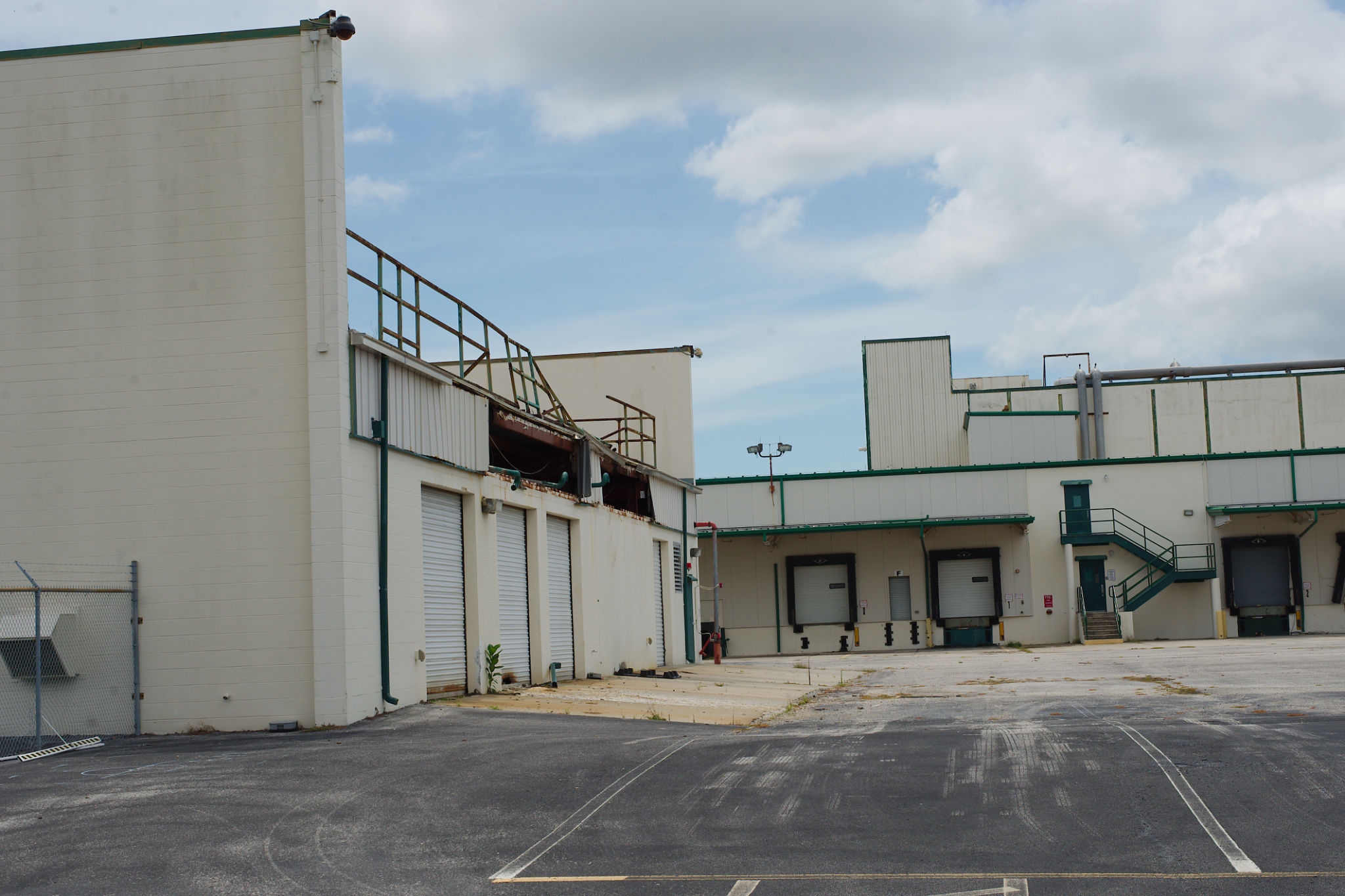Comparing Industrial Warehouse Designs: Finding the Best Fit for Your Business
Understanding Industrial Warehouse Designs
Choosing the right industrial warehouse design is pivotal for optimizing operational efficiency. A well-designed warehouse not only enhances productivity but also reduces costs and improves safety. As businesses grow and evolve, so do their storage and distribution needs, making it essential to choose a design that aligns with long-term goals.
Industrial warehouses come in various styles, each suited for different business requirements. From flexible layouts that accommodate diverse functions to specialized designs for particular industries, understanding the key differences can lead to a more informed decision.

Types of Industrial Warehouse Designs
Conventional Warehouses
Conventional warehouses are the most traditional type, featuring simple, open spaces that can be easily converted and adapted. These designs often use racking systems and are suitable for businesses with straightforward storage needs. Their flexibility makes them a popular choice for many industries.
Automated Warehouses
With advancements in technology, automated warehouses have become increasingly popular. These designs incorporate automated systems such as conveyors, automated storage and retrieval systems (AS/RS), and robotics. The primary benefits include increased efficiency and reduced labor costs, making them ideal for high-volume operations.

Cold Storage Facilities
For businesses dealing with perishable goods, cold storage facilities are essential. These warehouses are designed with temperature control systems to ensure products remain fresh. Industries like food production and pharmaceuticals heavily rely on these specialized designs to maintain product integrity.
Factors to Consider When Choosing a Warehouse Design
When selecting a warehouse design, it's important to consider several factors that can impact your business operations:
- Space Utilization: Consider how efficiently the space can be used to maximize storage capacity.
- Scalability: Ensure the design can accommodate future growth and changes in demand.
- Technology Integration: Evaluate the potential for integrating new technologies to improve efficiency.
Location and Accessibility
The location of your warehouse significantly affects logistics and distribution. Proximity to major transport hubs can reduce shipping times and costs. Additionally, consider the ease of access for large vehicles and the availability of parking and docking areas.

Conclusion: Finding the Best Fit
The ideal warehouse design for your business depends on a variety of factors, including the industry, product type, and growth projections. By understanding the different types of warehouse designs and assessing your specific needs, you can make an informed decision that supports your business's operational goals.
Remember, a well-chosen warehouse design is an investment in your business's future efficiency and scalability. Take the time to evaluate your options carefully, and consult with experts if necessary, to ensure you select a design that aligns with your strategic objectives.
